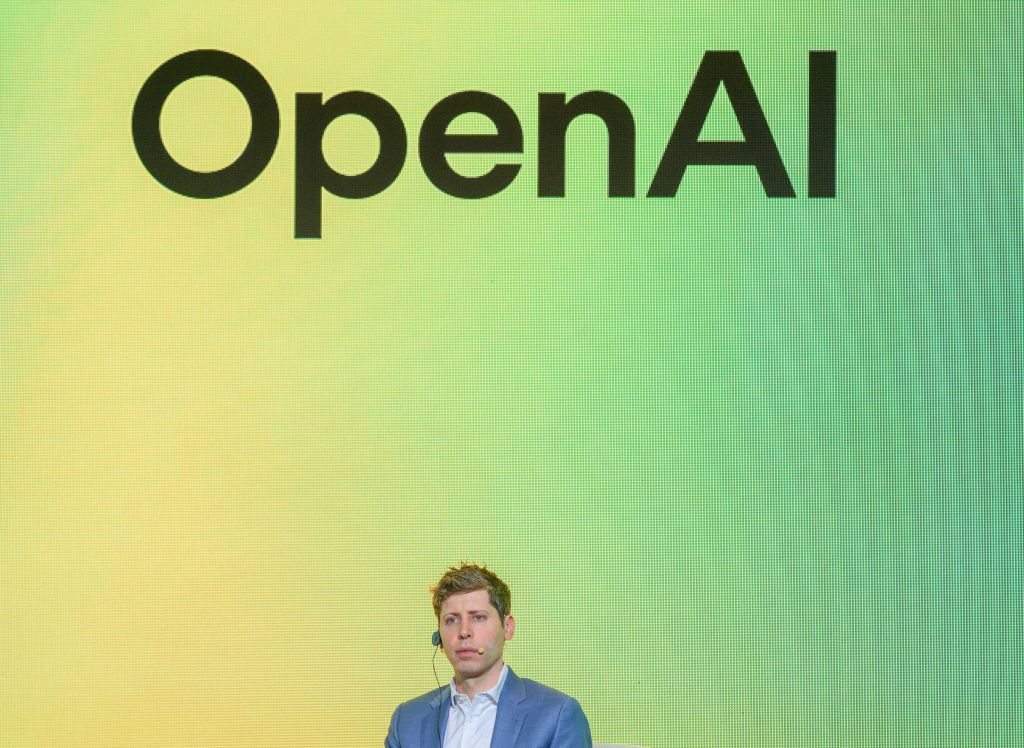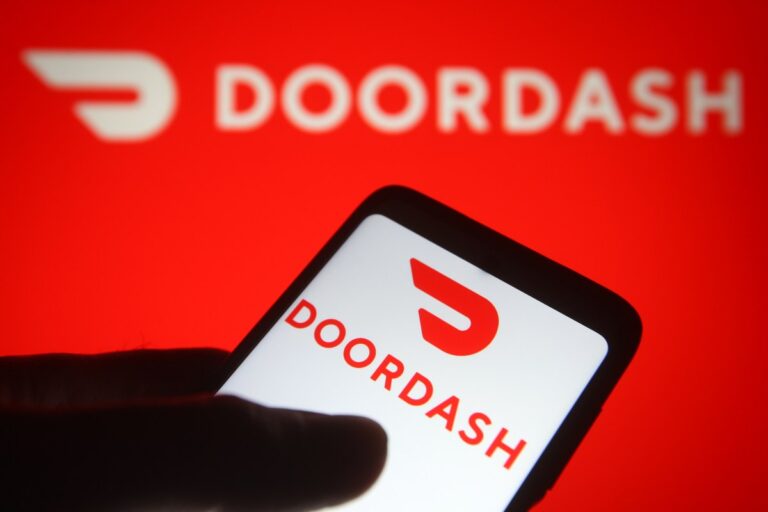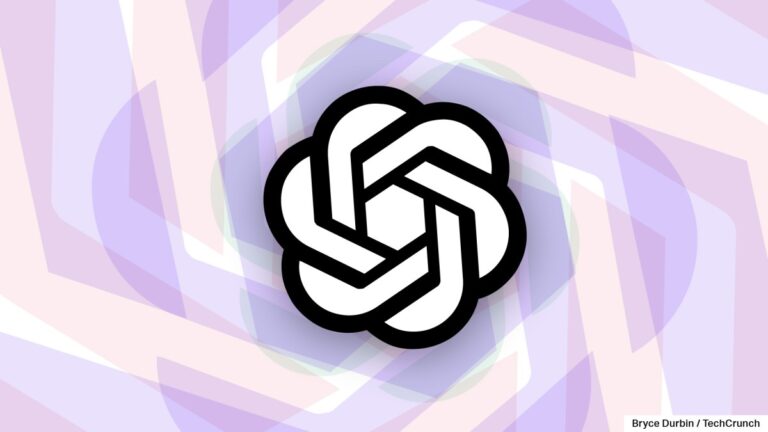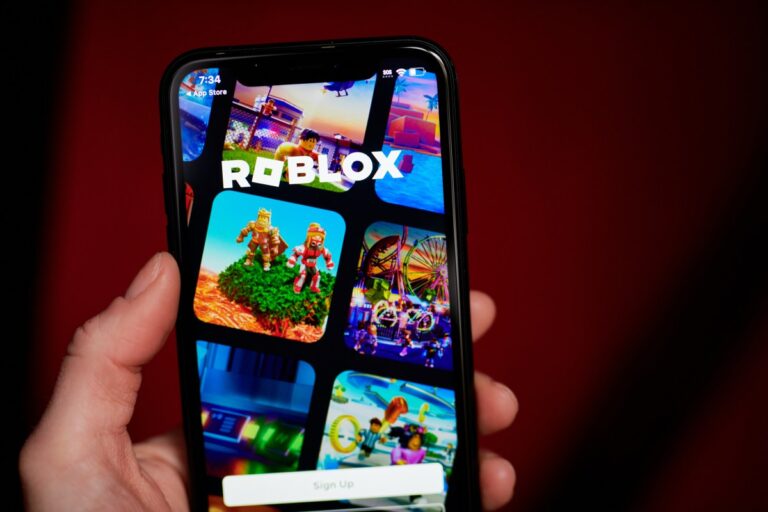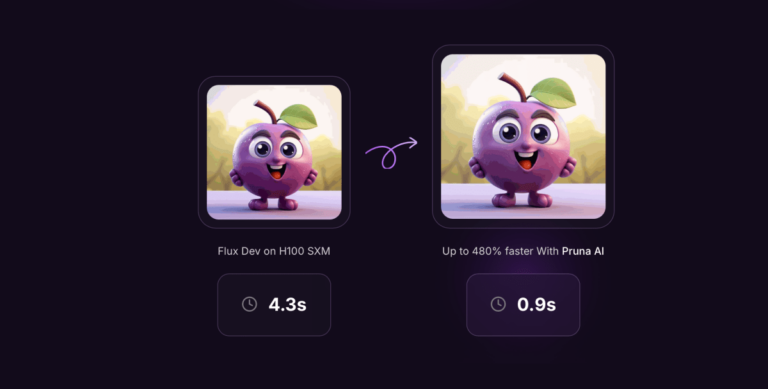Unveiling ChatGPT’s Impressive Image Generator: Mastering the Art of Fake Receipts!
In March 2025, ChatGPT launched an innovative image generator as part of its 4o model, significantly enhancing its ability to create text within images. This new feature has sparked concerns, as it is being utilized to produce counterfeit restaurant receipts, contributing to the growing toolkit of AI deepfakes used by fraudsters.
ChatGPT 4o Model: Revolutionizing Image Generation
The recent advancements in ChatGPT’s capabilities allow users to generate highly realistic images, including fake receipts. Deedy Das, a well-known venture capitalist, shared an example on X, showcasing a fabricated receipt from a popular San Francisco steakhouse.
Examples of Fake Receipts Generated by ChatGPT
Here are some notable instances of AI-generated receipts:
- Deedy Das’s Fake Receipt: He highlighted how easy it is to create fake receipts using the 4o model, emphasizing the challenges of real-world verification processes that rely on “real images” as proof.
- Michael Gofman’s Attempt: Another user tried to make the generated receipt appear more realistic by adding food and drink stains, pointing out that the original text seemed too perfect and did not align with the paper’s texture.
- TechCrunch’s Experiment: TechCrunch tested the 4o model and created a fake receipt for an Applebee’s in San Francisco. However, their attempt revealed flaws, such as incorrect math and formatting issues.
The Risks of AI-Generated Fake Receipts
The ease of generating fake receipts poses significant risks for fraud. With minimal adjustments using photo editing software or refined prompting, fraudsters could create convincing documents to claim reimbursement for non-existent expenses. OpenAI’s spokesperson, Taya Christianson, remarked that all images generated by ChatGPT contain metadata indicating their AI origin.
OpenAI’s Stance on Usage Policies
When questioned about the potential for misuse of their technology, Christianson stated that OpenAI aims to provide users with substantial creative freedom. She noted that while the generation of fake receipts raises concerns, it can also serve various legitimate purposes, such as:
- Enhancing financial literacy education
- Creating original art
- Developing product advertisements
OpenAI is committed to monitoring user behavior and taking action against violations of their policies. As the technology evolves, the balance between creative freedom and ethical usage remains a critical discussion point.
To learn more about the implications of AI in creative fields, visit OpenAI Research or explore other articles on TechCrunch’s AI section.

